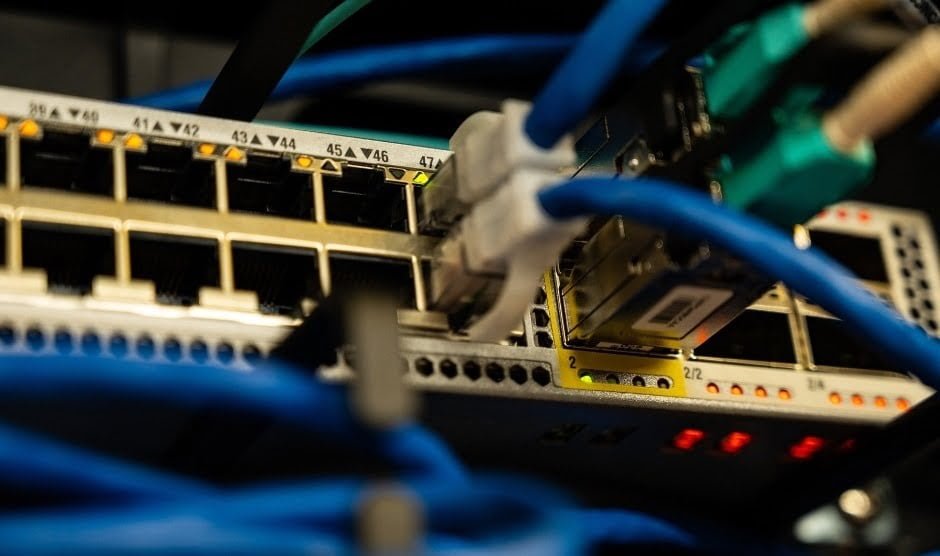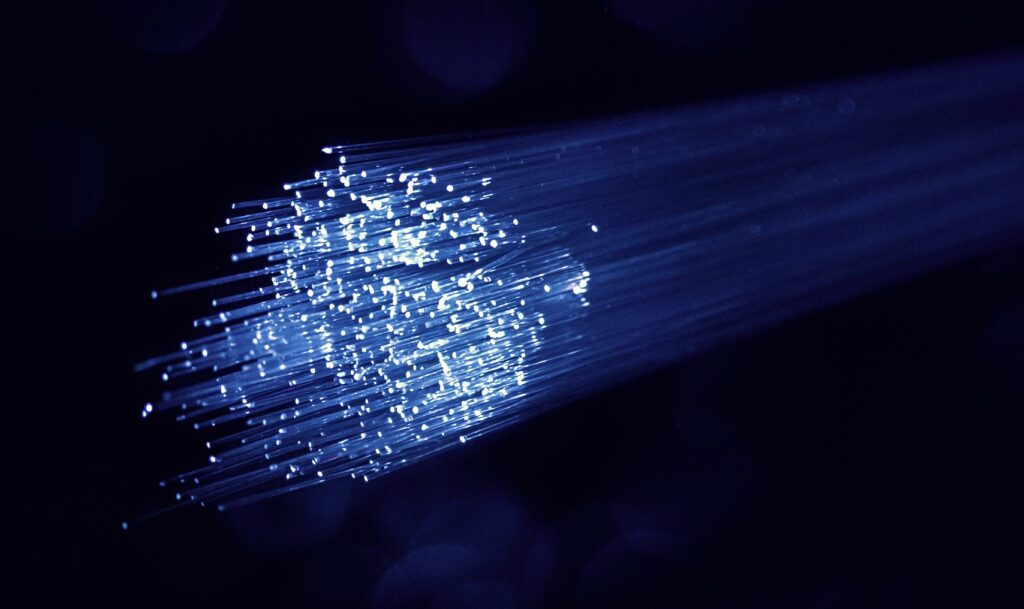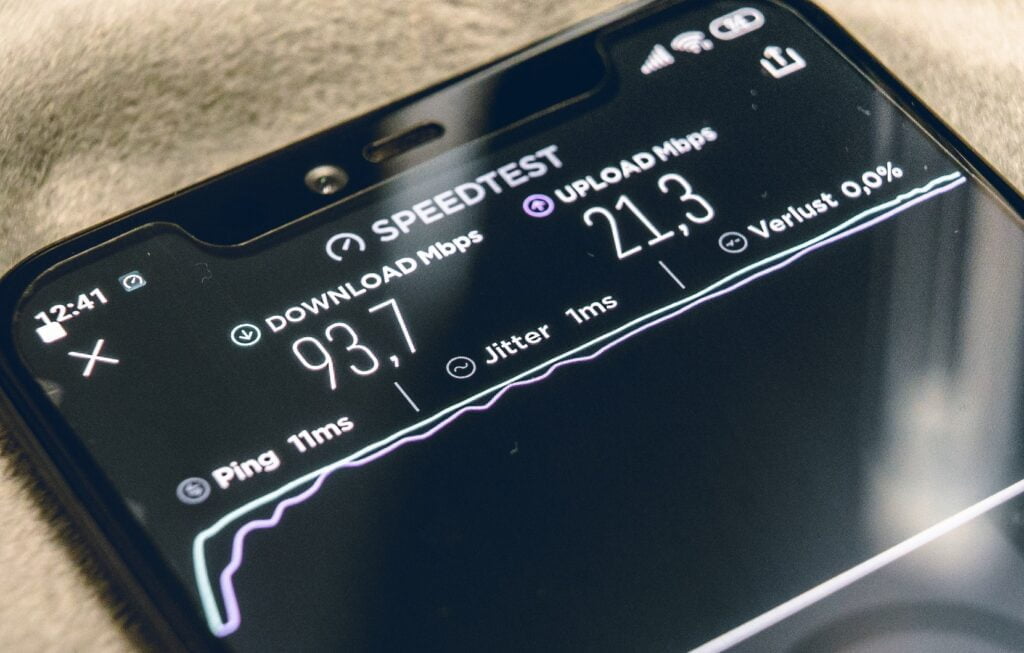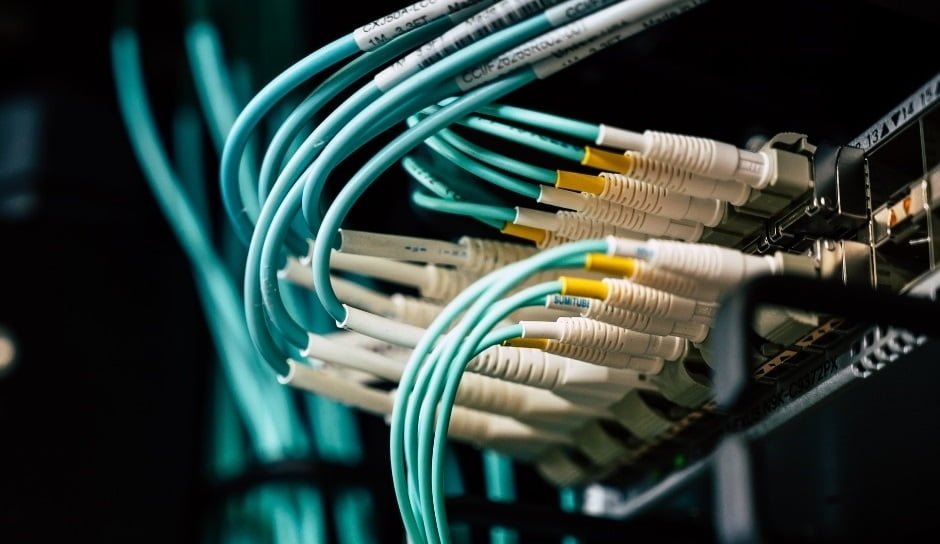We have prepared these bits of AUS NBN 101s to help you get successfully connected with Australia’s open-access broadband network.
What is AUS NBN?
AUS NBN stands for The National Broadband Network, a national project engineered in Australia to provide open access to the data network. AUS is just a short word for Australia.
This network infrastructure includes wired and radio signal communication components designed and rolled out all through Australia by NBN Co. Limited. ISPs or internet service providers and RSPs or retail service providers enter a contract with NBN to get access to the network and then offer fixed, stable, and reliable internet access to users.

What is a broadband network?
When we say broadband, it is the wide bandwidth data transmission over a high-speed internet connection. On one hand, a network is a group of computers, mainframes, network devices, peripherals and devices that are connected, allowing them to share information.
What does this mean?
This means that the NBN network includes most types of connections available. This includes technologies for both wired communication (copper, fibre optic, and hybrid fibre-coaxial) and radio telecommunication (satellite and fixed wireless).
So, what does it really mean?
This means that with Aus NBN, you get unbelievably high-speed internet because the latest and diversified technologies are involved and these are:
- Optical fibre
- Pay TV Cable
- Fixed wireless
- Satellite
What are these technologies involved in NBN?
Fibre optic is the transmission of data with light pulses with the use of very thin glass or strands of plastic. Because of these materials, coverage can reach longer distances thus, most of the NBN will be built on these connections.

Another more traditional technology involved in NBN is the fixed wireless. The fixed wireless sends microwave transmissions via terrestrial or land-based format.
Also Read: When Do You Need to Call a TV Antenna Technician?
If ever an area is not reachable by optic fibre or fixed wireless, then there is satellite broadband technology. The satellite broadband uses a satellite dish in transmitting broadband data to areas not catered to by fibre and wireless.
What are the types of NBN Connections?
NBN relies heavily on fibre connections to transmit most of its data. For example, there are three different types of NBN fibre connections and these are:
Type 1: Fibre to the premises (FTTP)
FTTP connection runs into the home and terminates on the NBN supplied device called Network Termination Device (NTD). This connection allows up to 2 landline service providers and up to 4 different data providers. Connections may either be through new cables or by the connection of a fibre optic to an existing landline network.
Type 2: Fibre to the building (FTTB)
FTTB connections are installed in a commercial building or apartment complex. In this case, the fibre optic terminates at an interior node and will ride at existing copper telephone infrastructure to send broadband data throughout the complex. To sum up, this requires a modem to access.
Type 3: Fibre to the node (FTTN)
FTTN terminates at an exterior node to service a whole building or complex.
What if fibre is not accessible in the area?
If fibre optics is not available in the area, then the NBN can use Hybrid Fibre coax or what is known in the household as PayTV Cable, fixed wireless or satellite.
The goal of NBN is to have more than 90% of Australia to have access to a 100mbps connection through a fibre optic connection.
How do you connect to NBN?
To connect to an Aus NBN full-fibre connection, an NBN Utility Box will be installed outside your premises. This will then connect to an NBN Connection Box installed inside your home or building. To clarify, the NBN connection box is where you will connect your computer, router, and landline telephone.
Where to install your NBN boxes?
NBN boxes must be installed near existing telecommunications equipment inside (for the NBN Connection Box) and outside (for the NBN Utility Box) your house. For example, if your existing landline connection runs via an underground cable, then the NBN technician will connect and use the same cable or conduit.
How fast is NBN speed?
NBN speed is divided into tiers and runs from 12 Mbps up to 1000 Mbps. But your internet speed still depends on your NBN plan and the NBN provider you choose and traffic congestion during usage peak hours.

When can you connect to NBN?
If your area is declared as “ready for service” when you check out NBN’s roll-out map, you have up to 18 months to switch from your current provider to NBN.
Also Read: How Data Wins The Battle Versus AI and BI In 2020
Well, what do you think about the article?
Do you like what you have read about these “AUS NBN: Getting NBN Connected“? If so, please comment down below. We would love to hear your thoughts about this.
To see more content like this check the business section of Money For My Beer.

We are antenna experts ready to help with your cabling needs, antenna installation, and antenna repairs. NBN Private Technician with over 40,000 successful job tickets in the greater Sydney Region.

